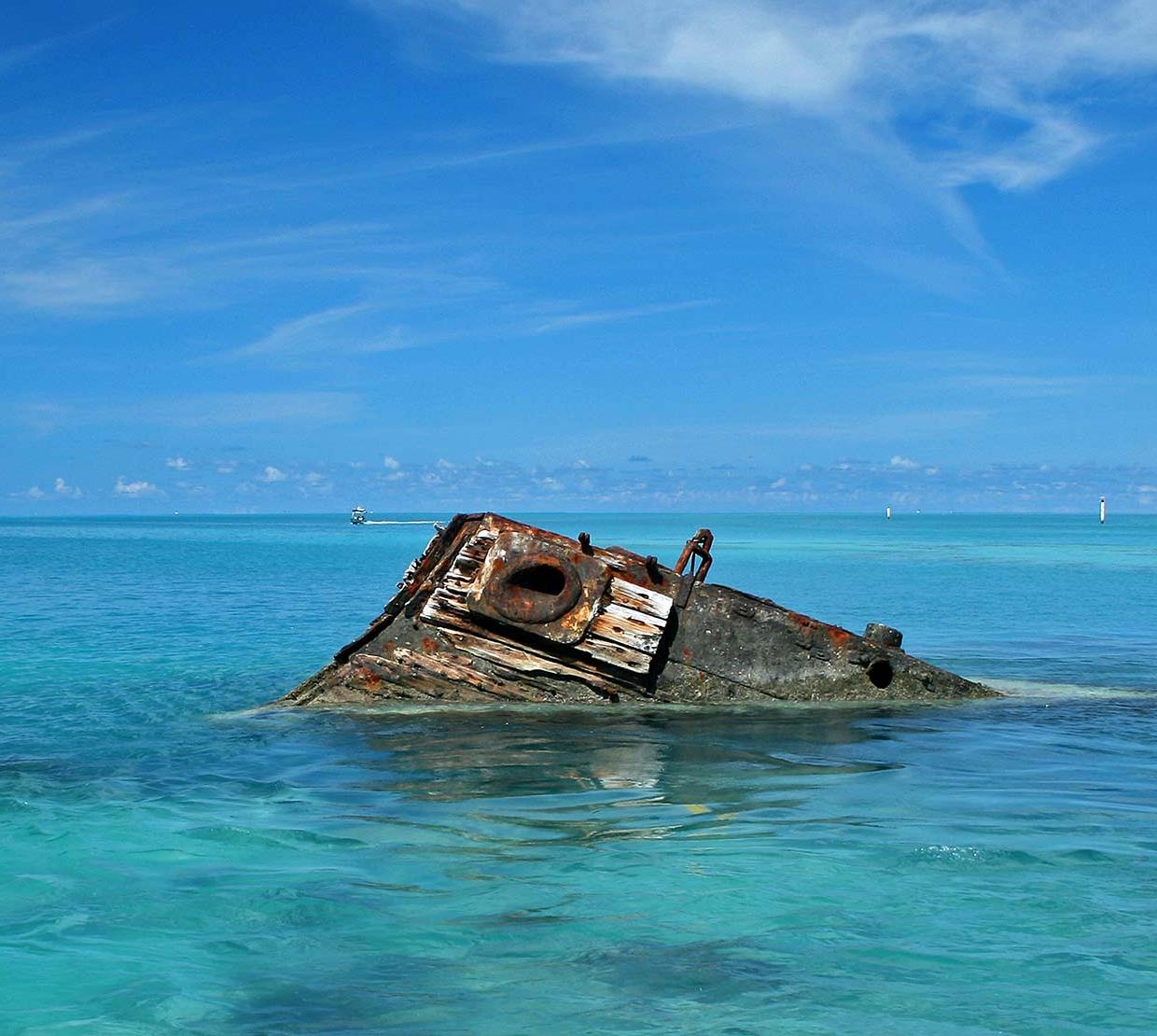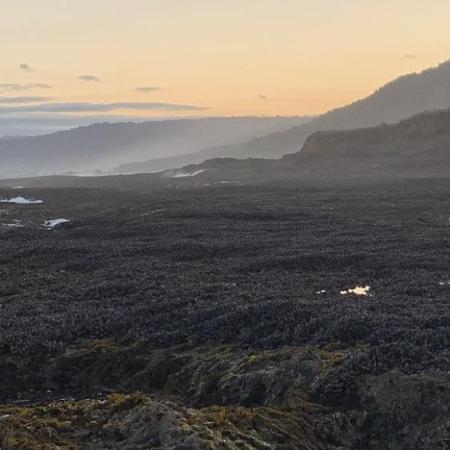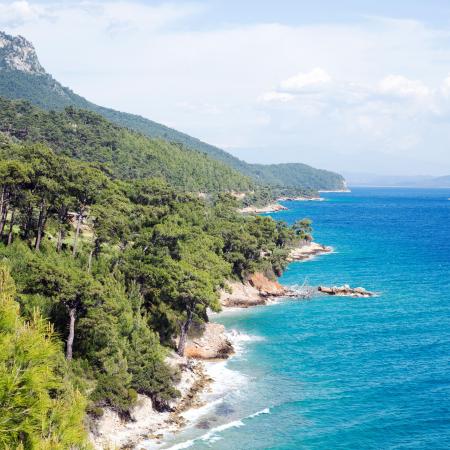For the past two decades, Oregon has experienced a decline in oxygen in Pacific Ocean waters near the seafloor just off the coast to the extent that many scientists are saying we now have a “hypoxia season,” much the same way that we have a wildfire season inland. 2018 was one of the worst years for low-oxygenated waters, beginning in early June and lasting through Labor Day.
A new $1.1 million grant from the NOAA Coastal Hypoxia Research Program will enable Oregon State University scientists to work with Oregon Department of Fish and Wildlife, crabbers and other fishermen to map and track the extent of the hypoxia, identify “hotspots” and potential refuge areas, and develop predictive models of when and where low oxygen will occur—and affect Dungeness crabs and fish.
Many commercial crabbers reported significant die-offs in their harvests and they have reached out to the scientific community for assistance.
“Our ocean is changing and when we first measured hypoxia off Newport in 2002, we thought it might be a local phenomenon,” said Francis Chan, an associate professor of integrative biology and a principal investigator on the grant. “That is no longer the case. Low oxygen is striking a big swath of the West Coast and is returning year after year. So we’d better learn to live with it.”
As part of the grant, OSU researchers will work with the crabbing industry over the next four years to deploy approximately 40 “dissolved oxygen” sensors on crab pots from mid-spring until the crabbing season ends – usually in August, which is roughly the peak of hypoxia season.
“I am thrilled that NOAA has recognized the need to study the effects of hypoxia as it relates to commercially important fisheries and the management that goes into keeping these fisheries productive and sustainable,” said Al Pazar, an Oregon fisherman and boat owner. “As a fisherman, I have seen the results of hypoxia on fishery resources.
“This grant will engage research scientists with the fishing industry in a collaborative effort to gather new data and fill existing data gaps critically needed to make good management decisions. Oregon State University continues its rich tradition of ocean research and industry collaboration to collect real-time information to use in real-life fishery management.”
One problem for scientists in reacting to the emerging issue of hypoxia has been a lack of data, said Jack Barth, an OSU oceanographer who heads the university’s Marine Studies Initiative. “We’ve had maybe three or four sensors out there in specific locations gathering data, but we need more locations and longer time series to see how rapidly hypoxia develops, and where.”
Oregon Congresswoman Suzanne Bonamici, who recently co-introduced a bipartisan bill (H.R. 6267) to address ocean acidification, lauded the partnership between scientists and industry.
“The health of our oceans reflects the health of our planet, and we must invest in research to better understand the challenges that are exacerbated by climate change,” Bonamici said. “The increasing presence of low-oxygen zones threatens fisheries, the economic future of coastal communities, and ocean and coastal ecosystems.
“Strong research partnerships like the work being done at Oregon State University will help improve our understanding of hypoxia and ocean health, giving affected communities the tools they need to adapt and mitigate the effects.”
Scientists define severe hypoxia as water that contains less than 0.5 milliliters of oxygen per liter of water. This summer, a sensor on a mooring near Heceta Bank off the central Oregon coast documented hypoxic water in early June with oxygen levels reaching zero near the seafloor shortly thereafter. This coincided with reports of crabs dying.




